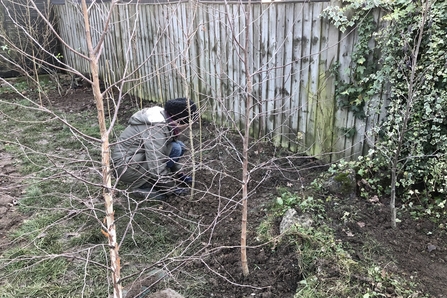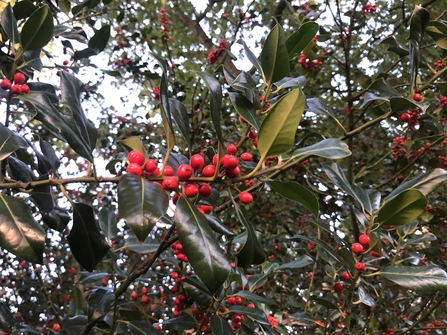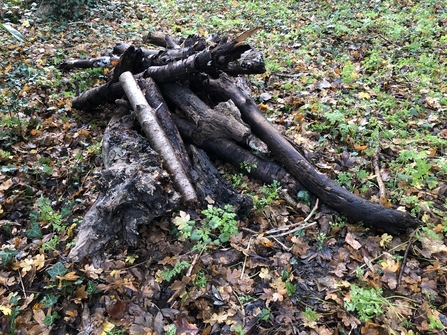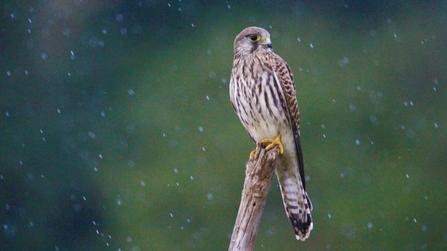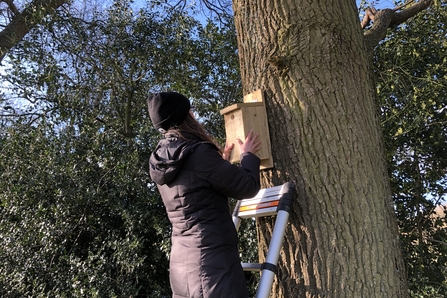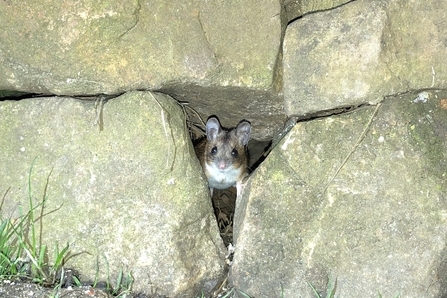As the last leaves fall from the trees, the final wildflowers set their seeds and temperatures fall further day by day, autumn finally loses its grip to winter.
Many of us see winter as a quiet time in nature, a time to stay warm indoors and reflect on the year passed, and dream of the coming spring. However, outside the window there’s still a lot going on in the natural world, and there’s an awful lot we can do in our gardens and outdoor spaces to help wildlife at this time of year.


